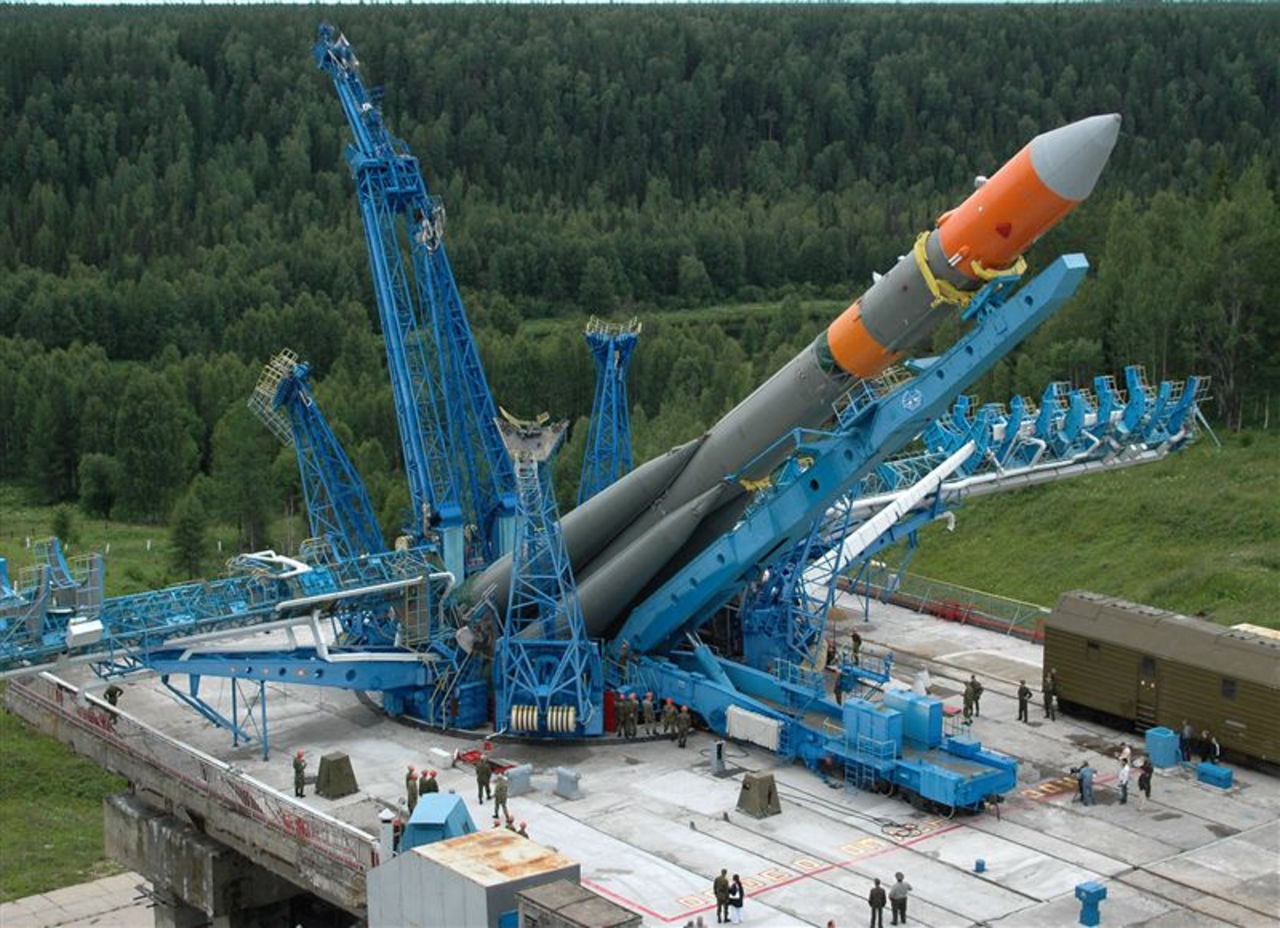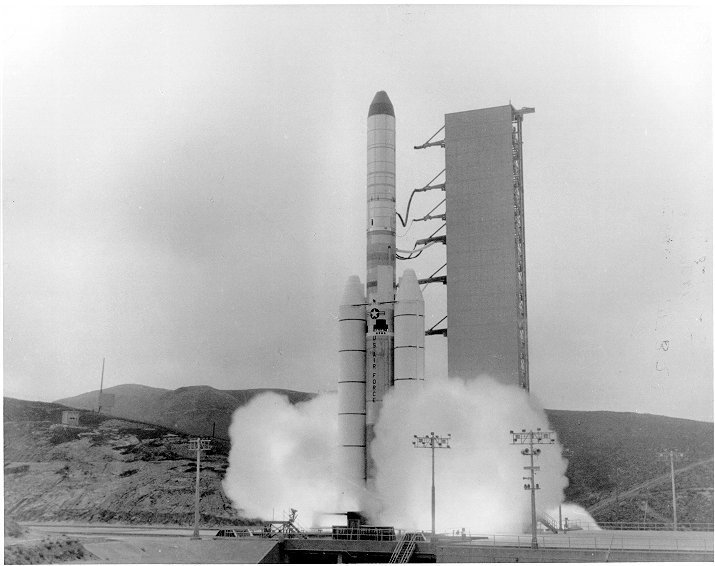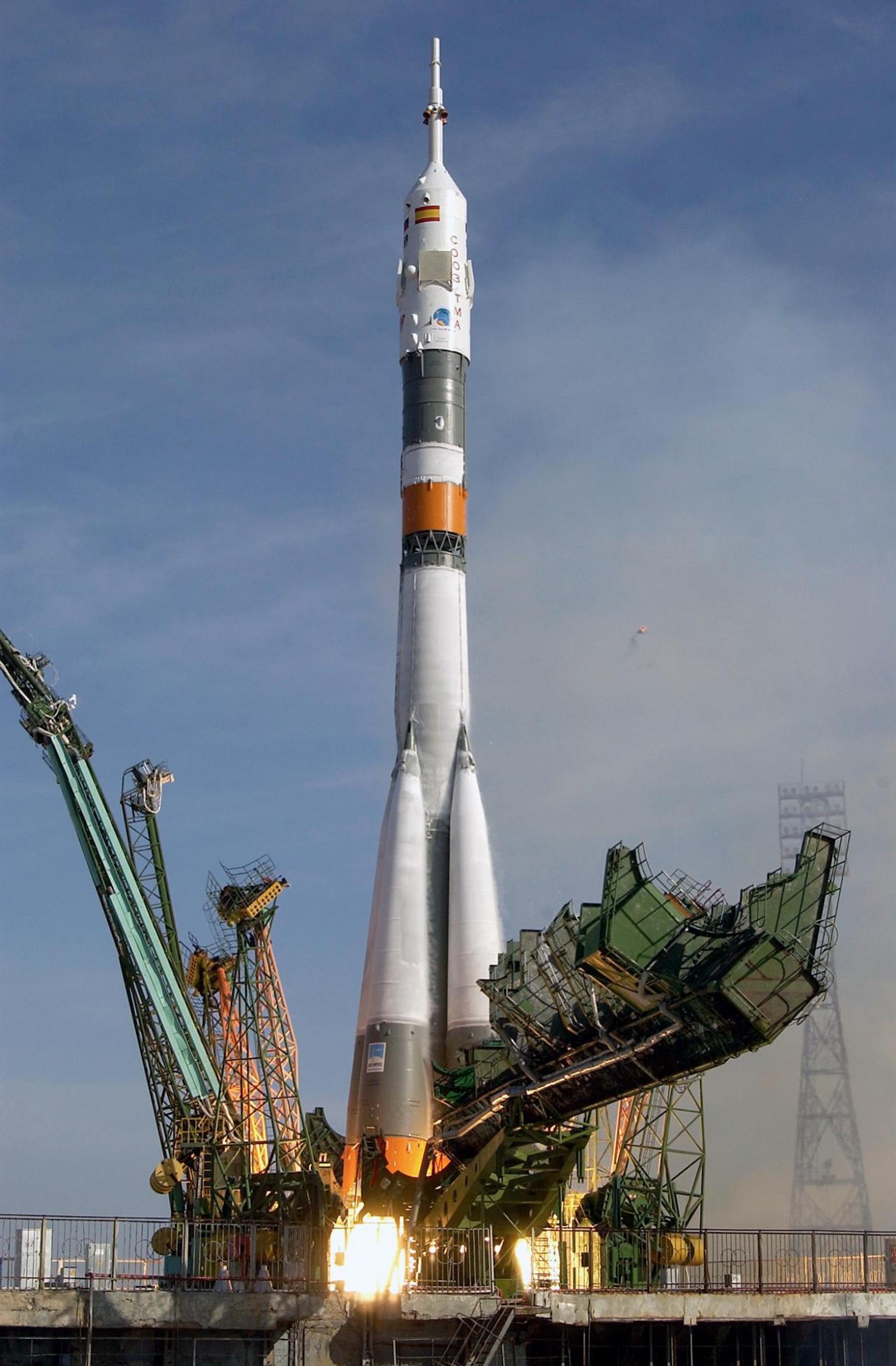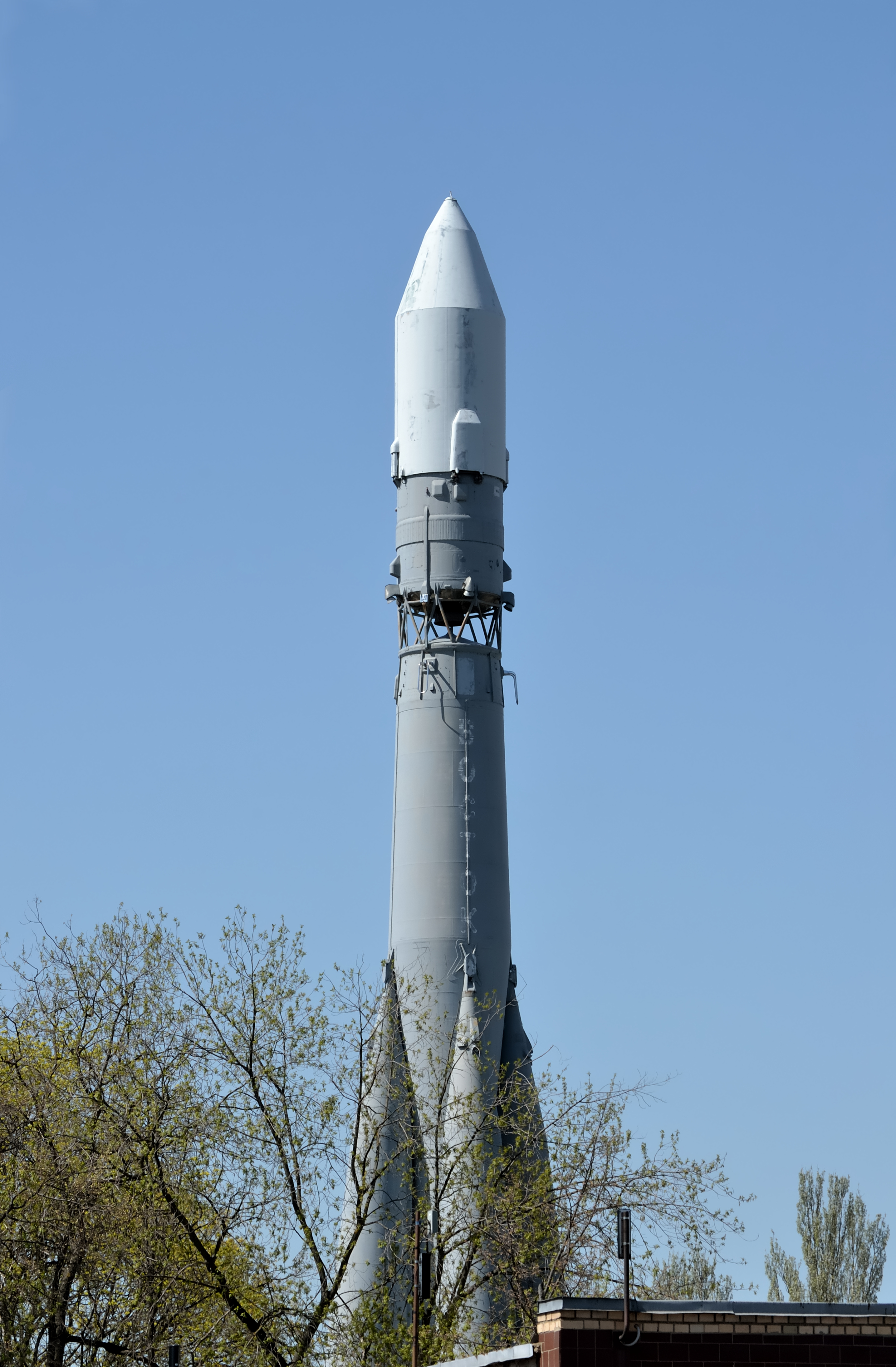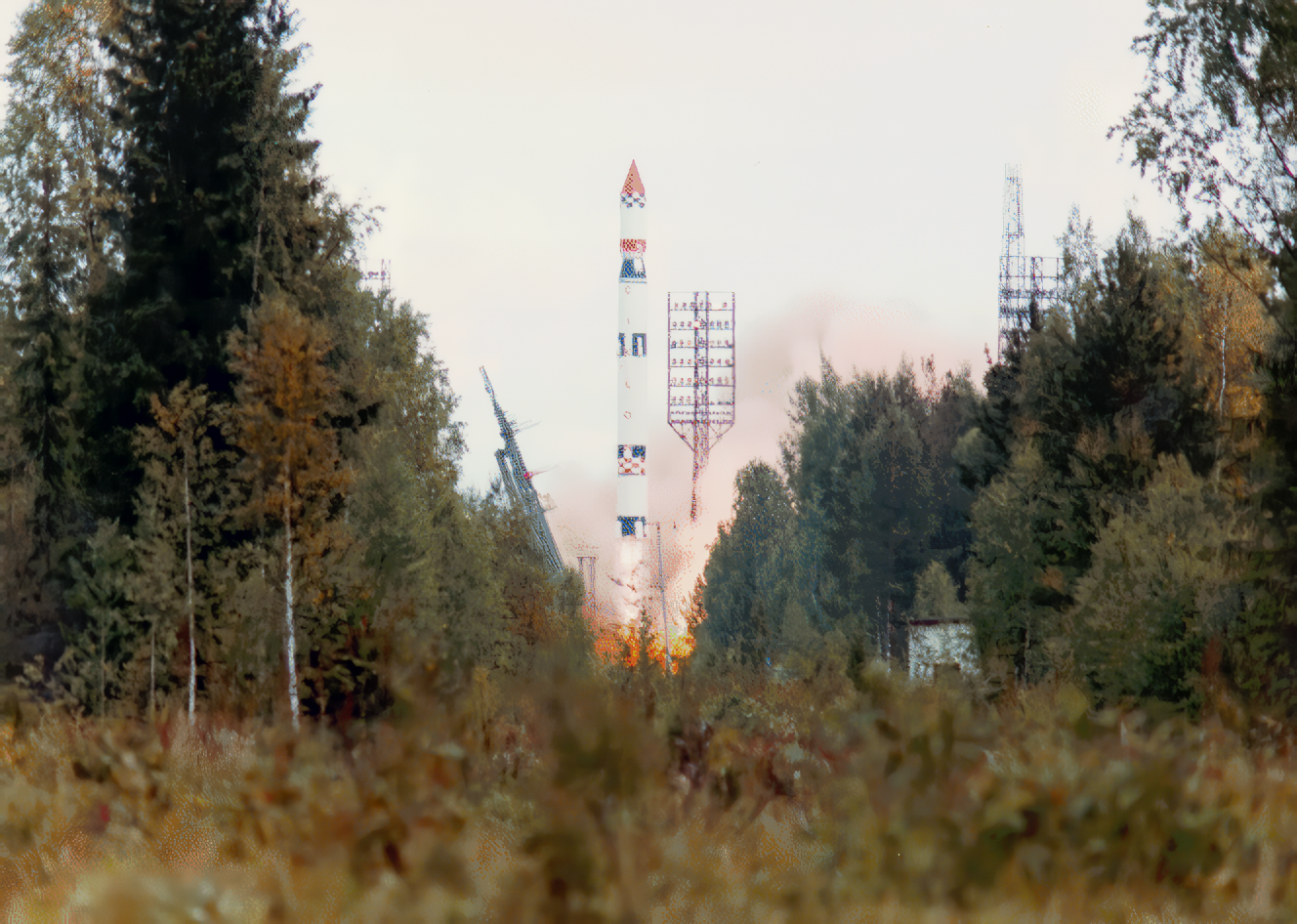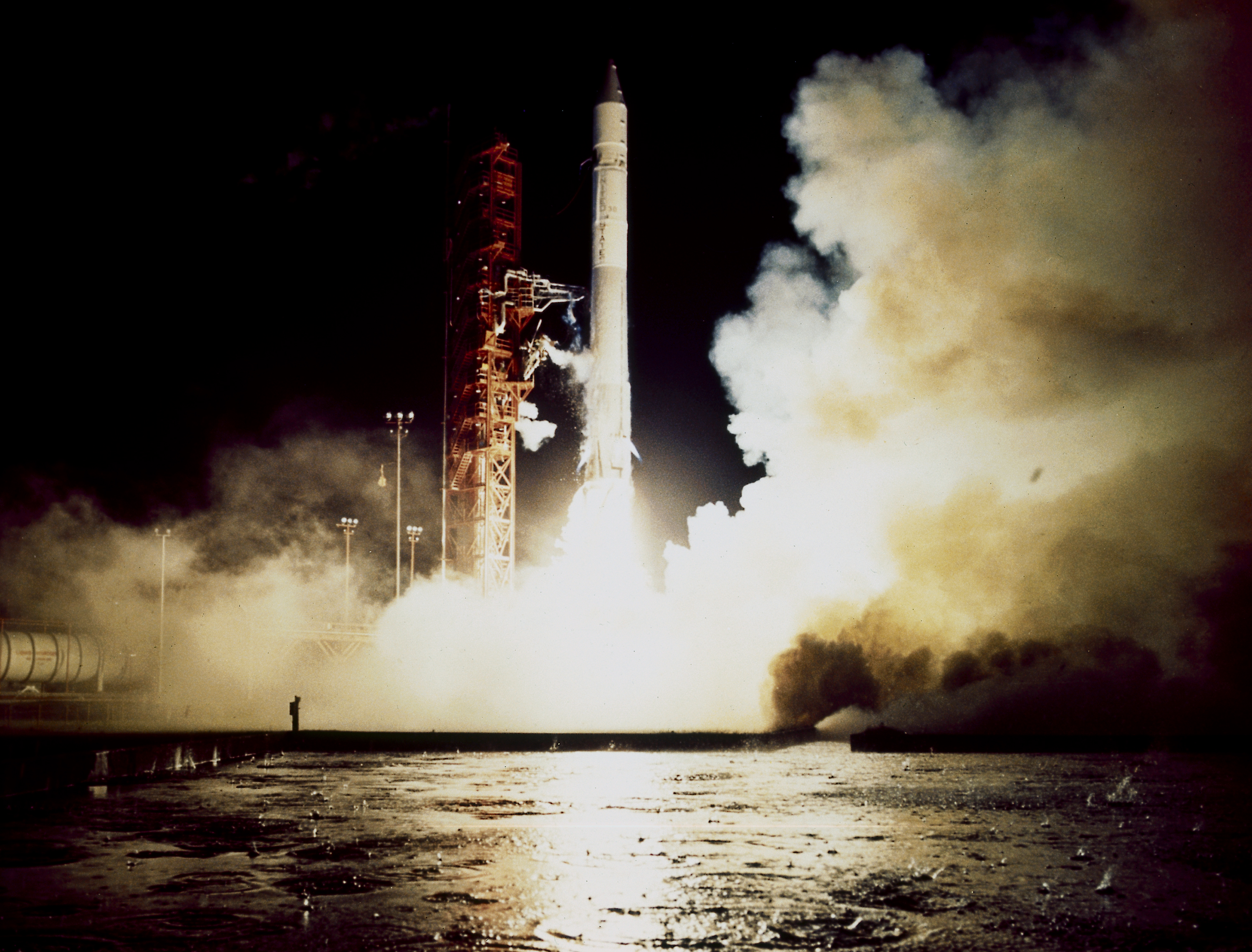Previous Spaceflight Launches
Filter by Agency, Locations or Vehicles
Show All LaunchesMolniya-M | US-K 13
Russian Space Forces | RussiaPlesetsk Cosmodrome, Russian Federation
Feb. 12, 1980, 12:52 a.m.
Kosmos-3M | Strela-1M 185-192
Russian Space Forces | RussiaPlesetsk Cosmodrome, Russian Federation
Feb. 11, 1980, 11:32 p.m.
Atlas F/SVS | Navstar 5
Convair | United States of AmericaVandenberg SFB, CA, USA
Feb. 9, 1980, 11:08 p.m.
Titan IIID | KH-11 3
Lockheed Martin | United States of AmericaVandenberg SFB, CA, USA
Feb. 7, 1980, 9:10 p.m.
Soyuz U | Zenit-6U 16
Russian Federal Space Agency (ROSCOSMOS) | RussiaPlesetsk Cosmodrome, Russian Federation
Feb. 7, 1980, 11 a.m.
Vostok 8A92M | Tselina-D 23
RKK Energiya | RussiaPlesetsk Cosmodrome, Russian Federation
Jan. 30, 1980, 12:51 p.m.
Kosmos-3M | Parus 23
Russian Space Forces | RussiaPlesetsk Cosmodrome, Russian Federation
Jan. 25, 1980, 8:36 p.m.
Soyuz U | Yantar-2K 12
Russian Federal Space Agency (ROSCOSMOS) | RussiaPlesetsk Cosmodrome, Russian Federation
Jan. 24, 1980, 3:45 p.m.
Tsiklon-3 | Okean-E 2
Yuzhnoye Design Bureau | UkrainePlesetsk Cosmodrome, Russian Federation
Jan. 23, 1980, 7 a.m.
Atlas SLV-3D Centaur | FLTSATCOM 3
Convair | United States of AmericaCape Canaveral SFS, FL, USA
Jan. 18, 1980, 1:26 a.m.
